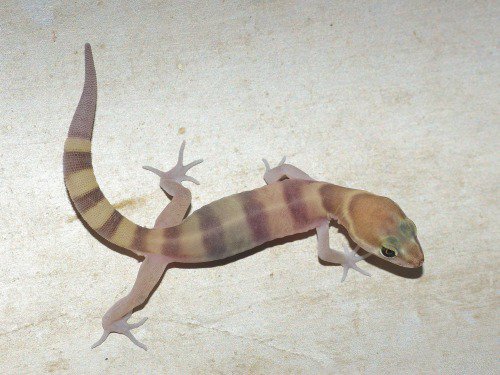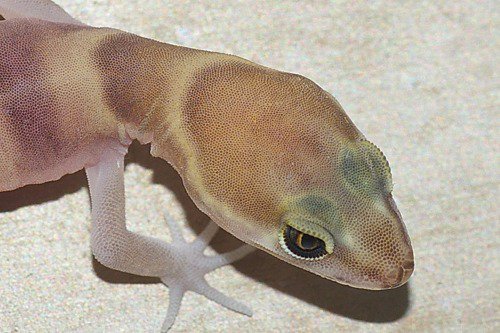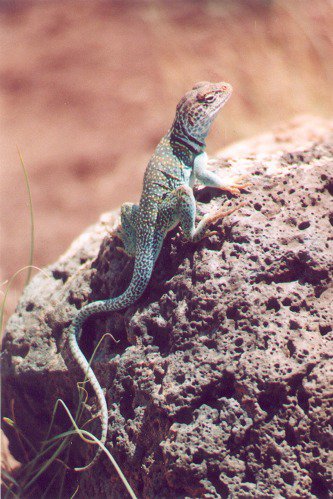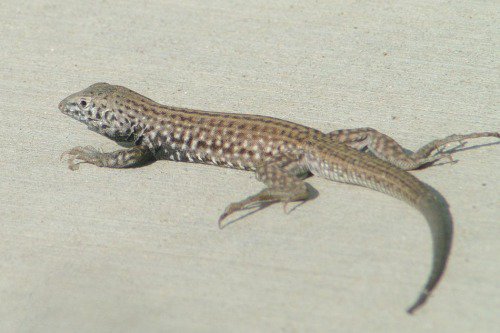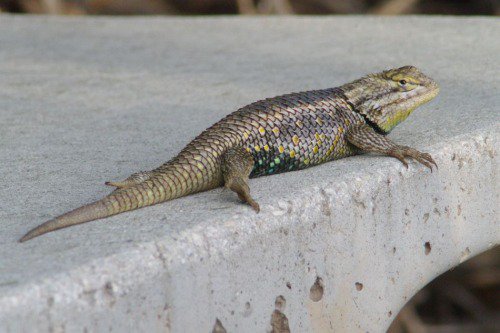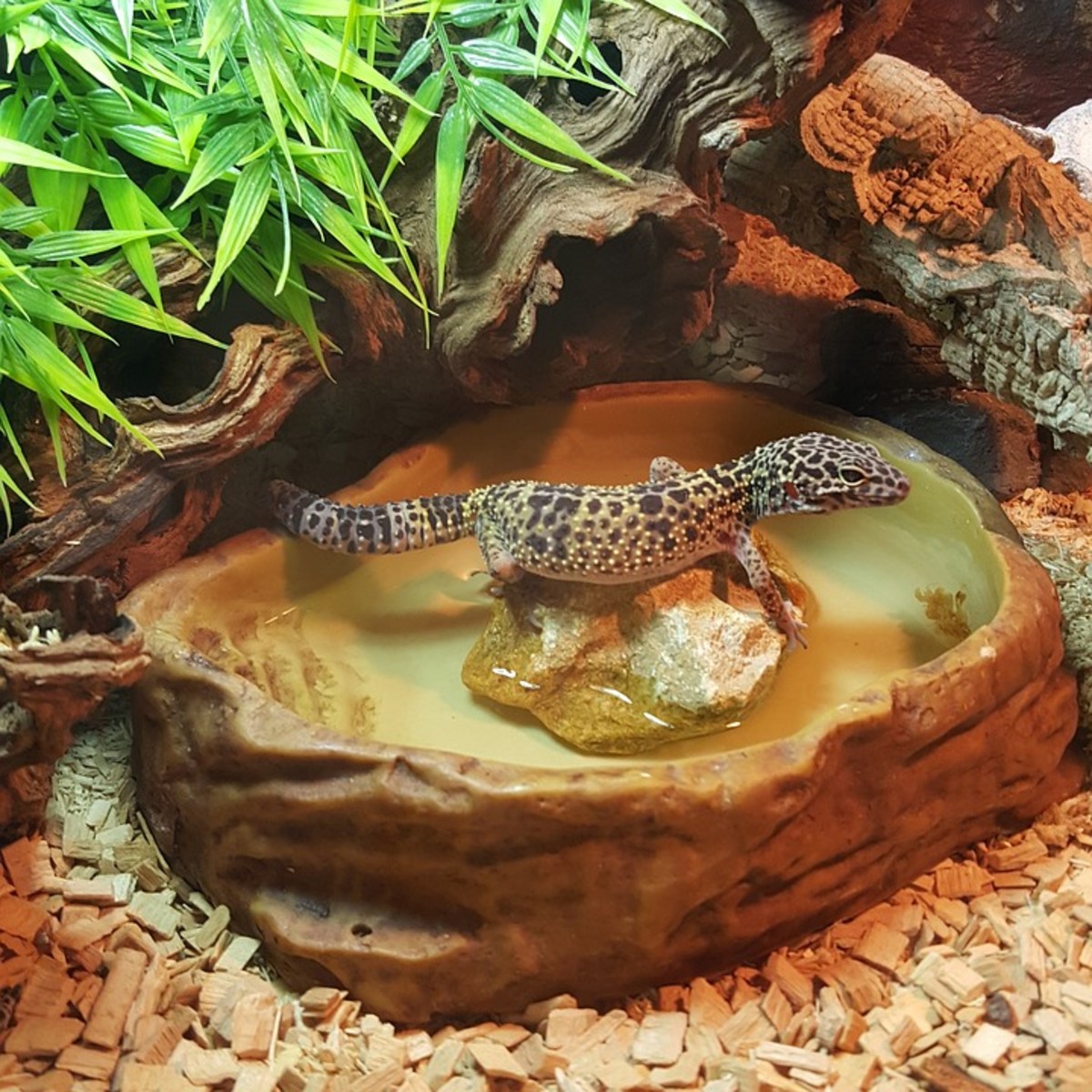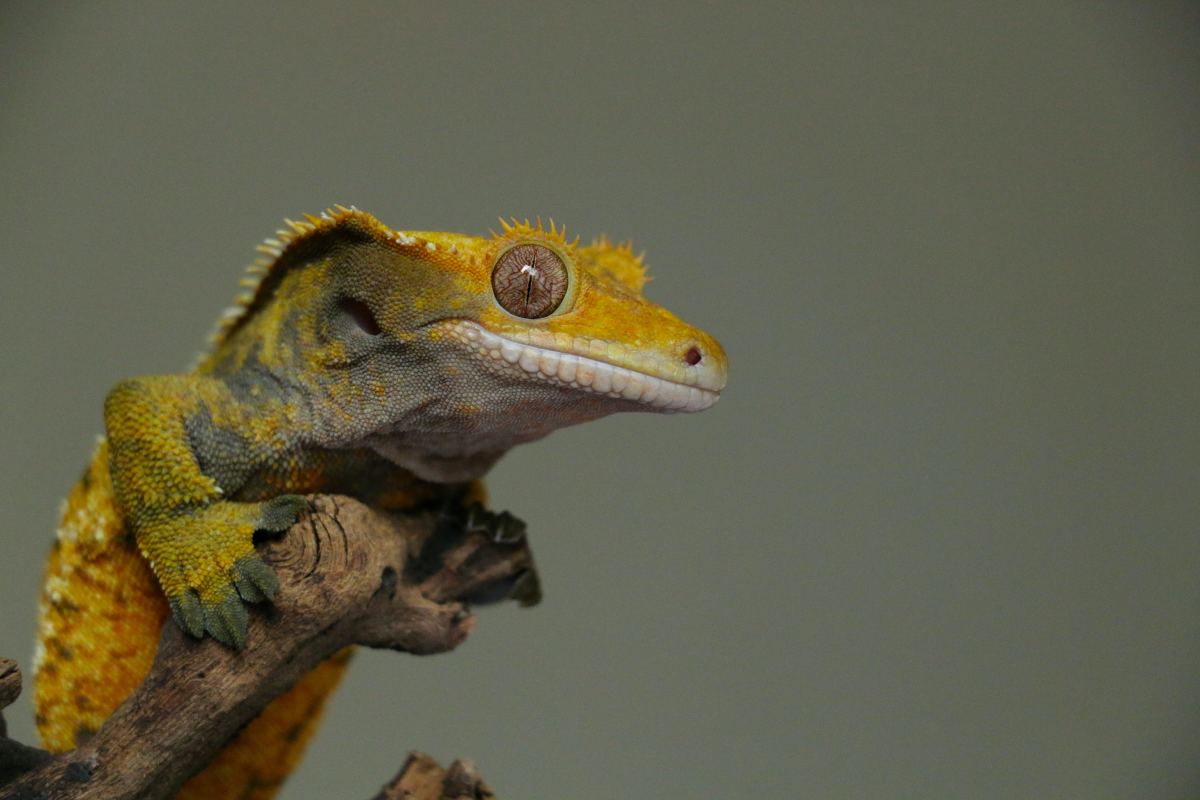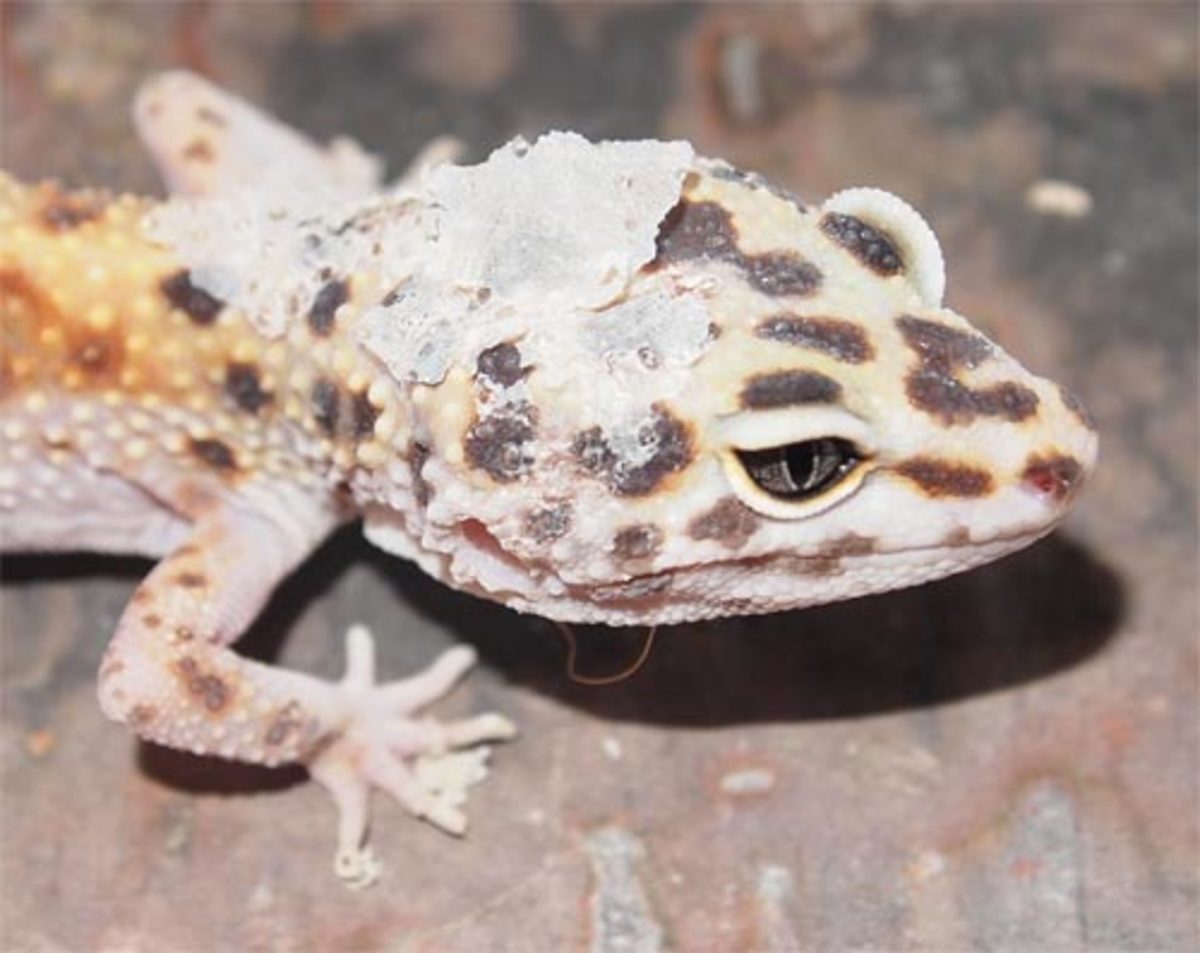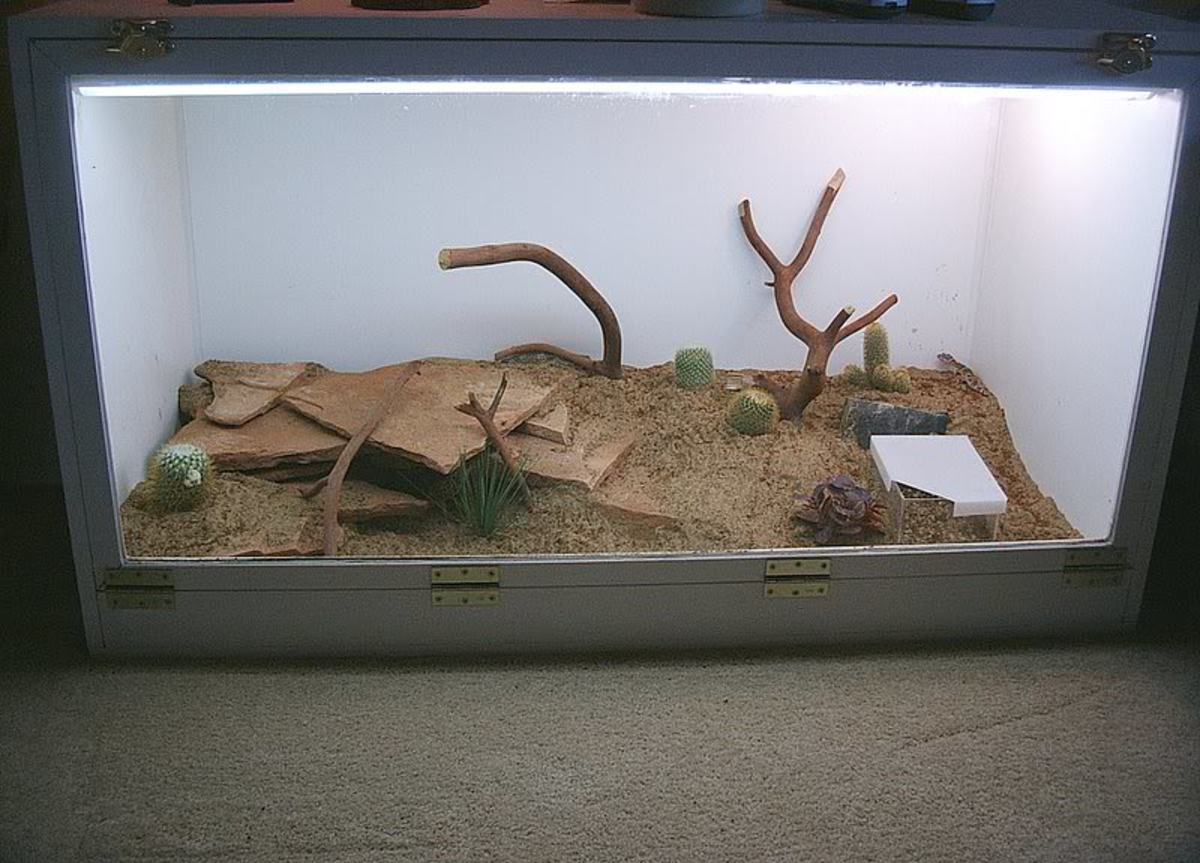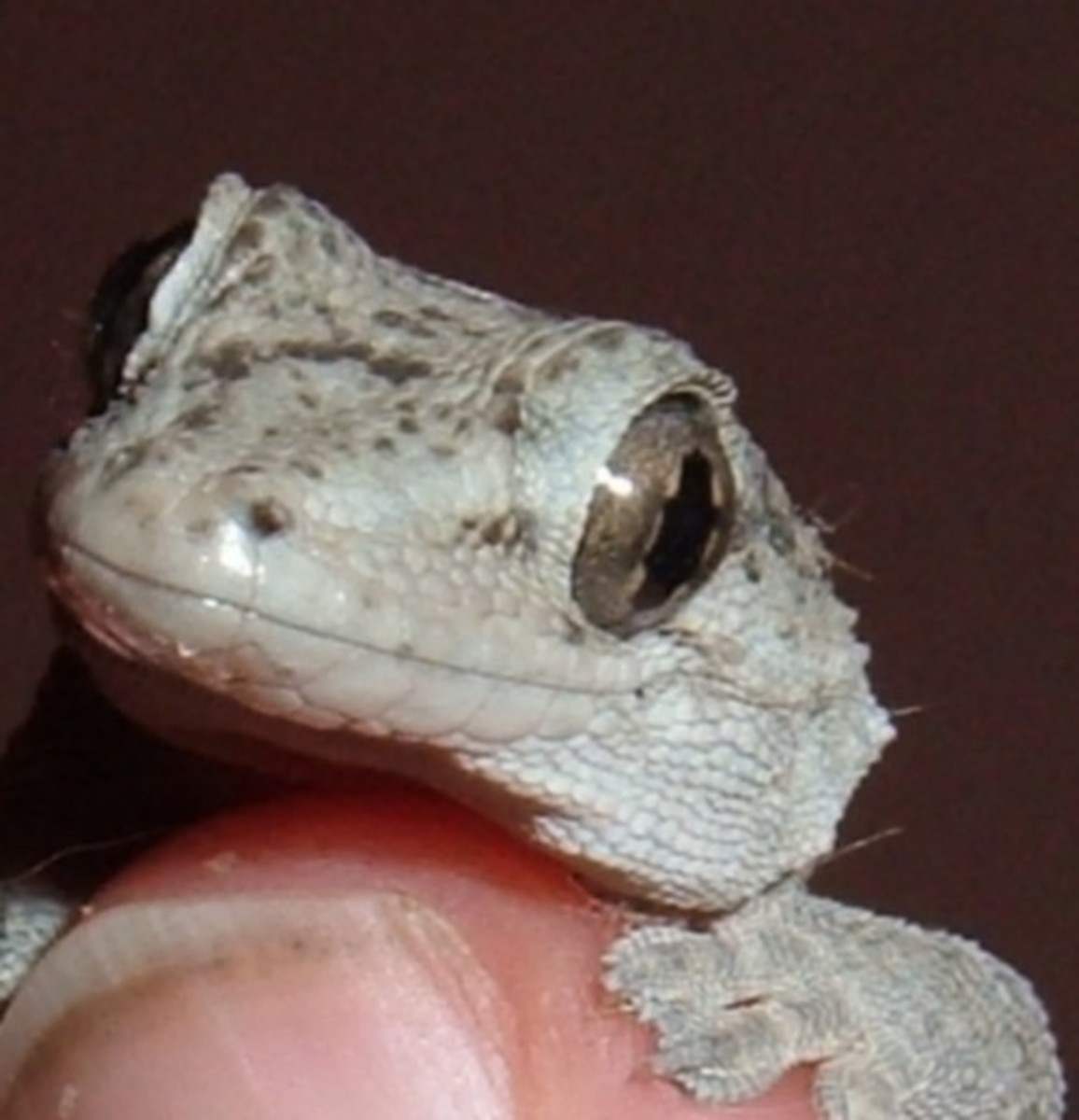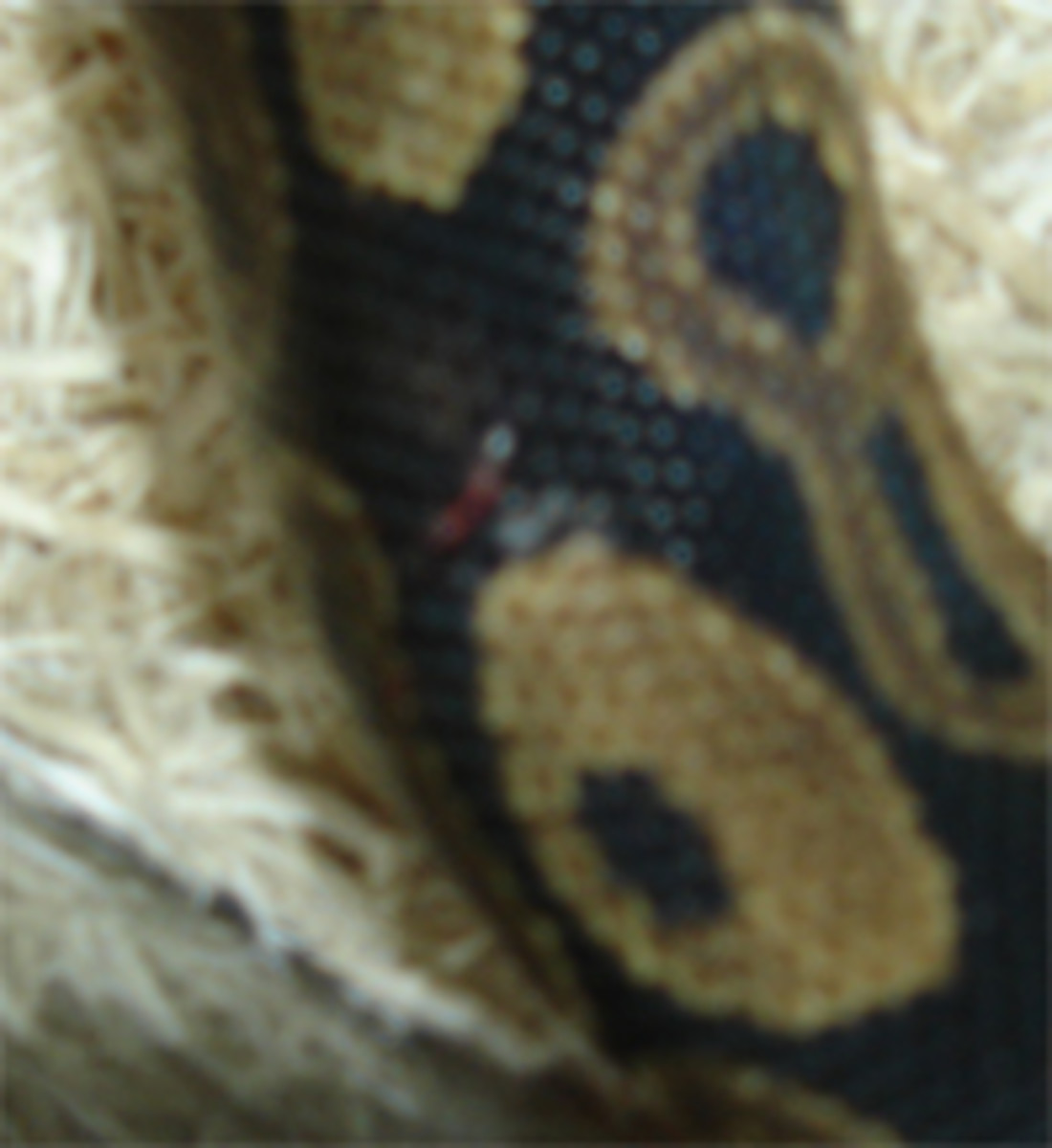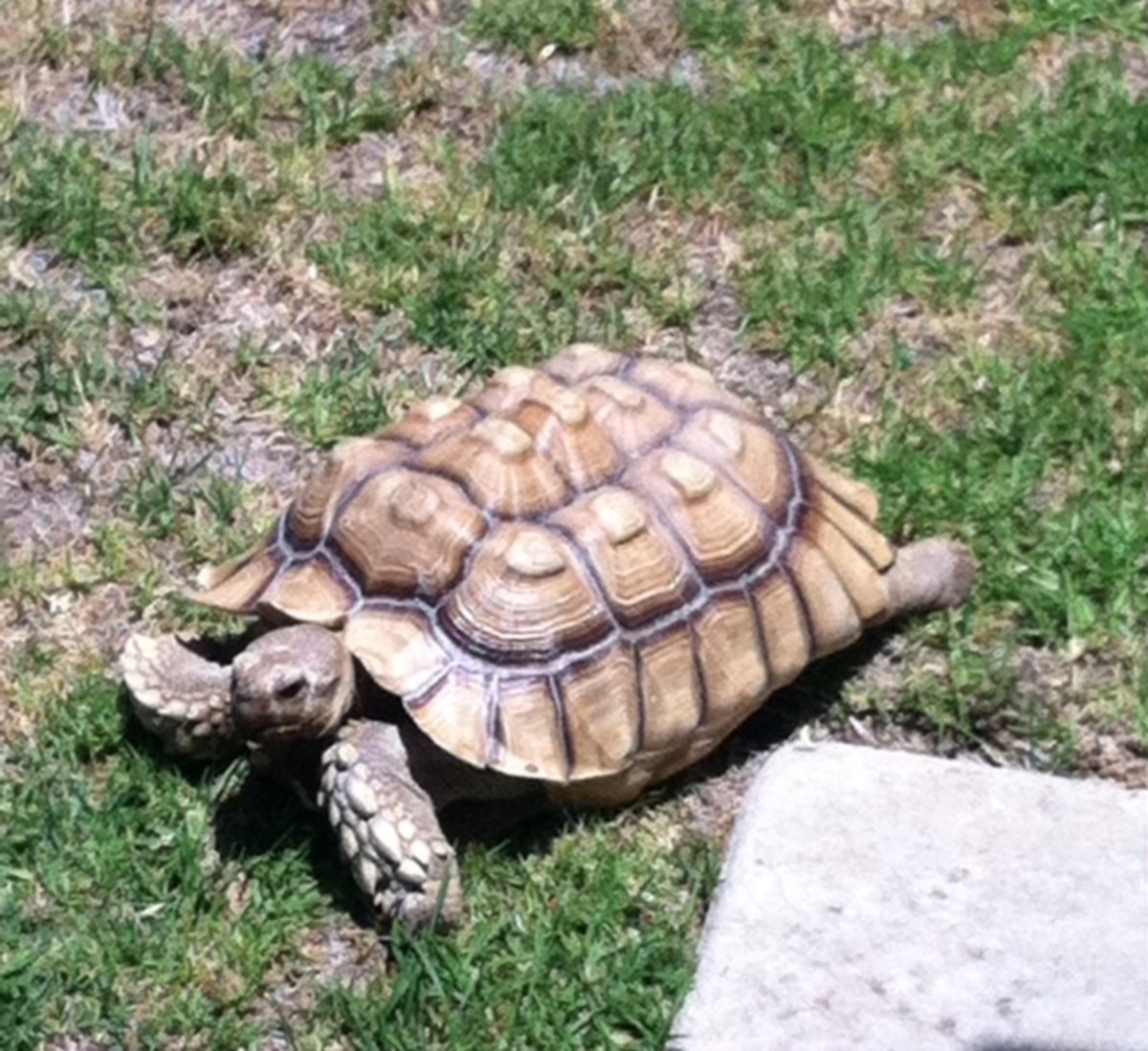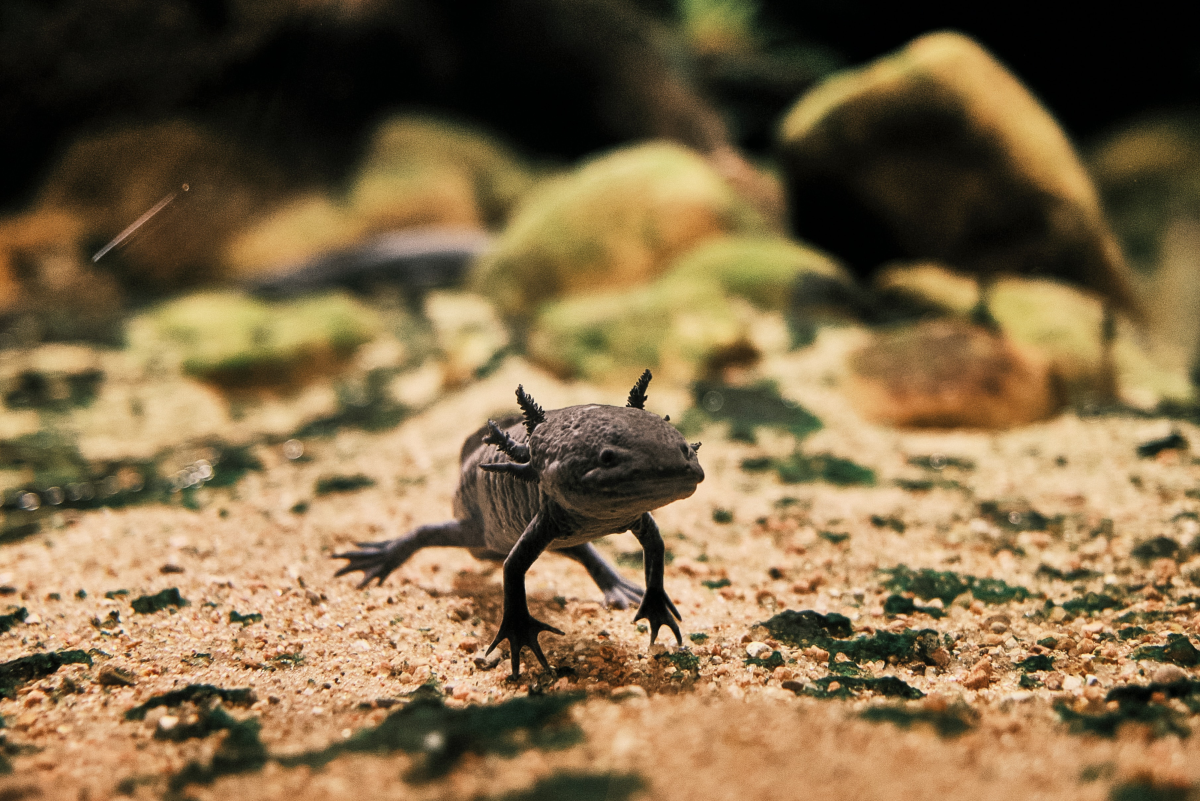Gecko
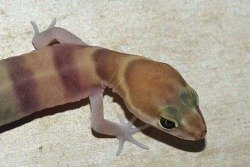
Fascinating Lizard
Geckos have fascinated me for many years. We see them occasionally in the desert. They are tiny and swift, and when annoyed, captured, threatened, they make a HUGE NOISE, a squeal that cannot POSSIBLY come from a creature so small! Yet it does!
There are many different kinds of geckos in the world, but the one I will talk about mainly is the Tucson Banded Gecko, Coleonyx variegatus bogerti. This particular gecko showed up in my kitchen sink one evening. Of course the first thing I did was go grab my camera. I was seriously afraid I would not get a decent picture. But on the contrary, I got one of the BEST pictures of a wild animal I have ever taken! I will show you why, among other things.
These little guys superficially look like they have a very fine and delicate skin. They look like they couldn't possibly survive in the desert. And as a matter of fact, they tend to run around mainly at night. I never dreamed they have scales like any other lizard, because the scales are so small you probably won't see them without a magnifying glass.
I was certainly blessed by the visit of this little fellow. And he seemed to be too petrified to do anything more than just sit there (or lie there or whatever), and even let me pose him. Originally, his body was straight. But I was able to curve his tail around, and he let me do it.
After taking several pictures of him, I scooped him up into a box and took him outside, and let him go.
Tucson Banded Gecko
Click thumbnail to view full-size

Tucson Banded Geckos are a variety of Banded Gecko, a lizard that ranges from southern California, through southwest New Mexico, southern Arizona, Utah, Nevada) and northern Mexico (Sonora, northwest Baja California). This means that one of its primary ranges is the Sonoran Desert, which encompasses southwestern Arizona, a small part of southern California, Sonora, and Baja California, both in Mexico.
They grow to be up to six inches in size. This particular one that I have photographed may be only a juvenile, because they develop spots within bands at an older age, according to various sources, but it's the only size and pattern we have ever seen.
They eat insects and spiders, specializing in scorpions, which is fine with me, because we have more than enough scorpions in the house. One is more than enough. We have killed quite a few over the years. If a Tucson Banded Gecko wants to take up residence in our house and keep our scorpions under control, he is more than welcome!
Like most lizards, Banded Geckos will shed their tails when frightened. Because the tail fat is what gets them through winter hibernation, if they lose their tails close to hibernation time, they may not survive the winter.
Banded Geckos are somewhat unique among lizards because they have movable eyelids. They are also somewhat unique in that they don't have toe pads. However, the toe pads of most geckos are most interesting, so I am going to talk about them anyway. :)
In the photos above, notice the tiny scales, and the larger ones on the eyelids. The tail also has larger scales.
Setae
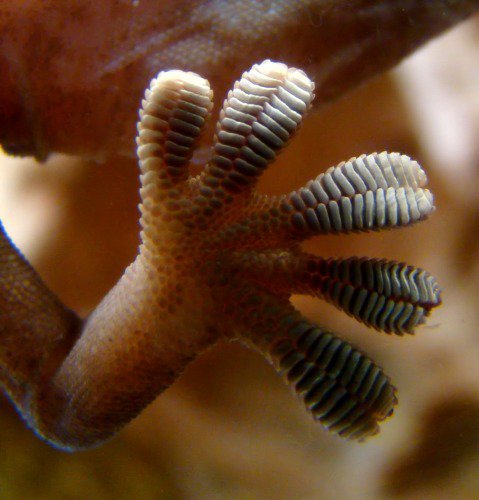
Geckos are able to walk up walls and on the underside of objects by virtue of microscopic hairs called "setae". (However, they cannot walk on Teflon.)
According to Wikipedia, "The 5-toed feet of a gecko are covered with elastic hairs called setae and the end of these hairs are split into nanoscale structures called spatulae...The sheer abundance and proximity to the surface of these spatulae make it sufficient for van der Waals forces alone to provide the required adhesive strength."
To give you an idea of how small a seta is, the seta of a Tokay Gecko is about 110 micrometers long and 4.2 micrometers wide. A Tokay Gecko has over 3 million setae on the two front feet.
Research ruled out other possibilities for the reason why geckos can walk on the underside of objects. There are no glands, and hence no sticky surfaces. Suction cups were also ruled out in 1934. The toes will remain stuck even in a vacuum. Geckos could still stick to surfaces where electrostatic charges are not possible, so they ruled that one out as well. Their ability isn't due to the ability to grab with tiny hooks because they can walk on a smooth surface. It was finally determined that the feet adhere with intermolecular forces.
The other fascinating thing is that a gecko can let go of the surface with his foot in only 15 milliseconds! Their feet do not become dirty, so they can resume climbing at any time.
Scientists and engineers have been studying the structure of gecko feet and have developed some crude synthetic setae, that can be used to fasten small objects to the underside surface of an object.
For more information, see the Wikipedia article Synthetic Setae
The photos is by Bjørn Christian Tørrissen and licensed under the Creative Commons Attribution-Share Alike 3.0 Unported
Geckos
Tell me about your experiences with geckos.
Have you ever seen a gecko in the wild?
Other Lizards of Southwestern Arizona - Gecko has some friends
Click thumbnail to view full-size



Regarding the photos above, these are other lizards that I have photographed.
Ornate Tree Lizard (Urosaurus ornatus) was captured in Madera Canyon.
Collared Lizard (Crotaphytus collaris) was captured near the Wupatki Ruins in northern Arizona, but I see them on my window frequently.
The other two lizards were photographed in Sweetwater Wetlands, southern Arizona.
Tiger Whiptail is Aspidoscelis tigris.
Desert Spiny Lizard is Sceloporus magister.
I am still looking for a Gila Monster. One has been seen on our property, but I wasn't one of the lucky people to see it. I have only photographed them in captivity. I am also looking for a Desert Horned Lizard, but no luck there, either. I used to keep them as pets in Texas as a child, but I've never seen one here in the wild.
Poll Just for Fun
Where can you walk?
Iraqi Gecko

Our youngest son is in the Army, and served in Iraq during the war to remove Saddam. He found and photographed this gecko on the wall of the building where he was staying.
This is a Bent-toed Gecko, Gymnodactylus scaber.
Coot Feet
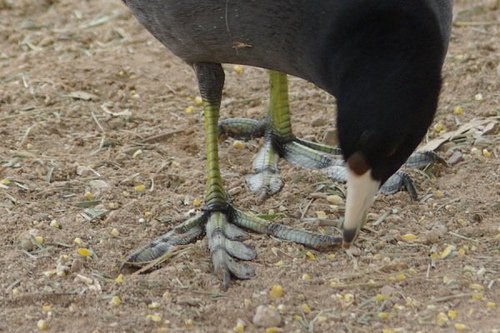
other interesting feet
The feet in the photo belong to an American Coot (Fulica americana). They are said to be particularly useful for walking on lily pads. I find them fascinating! I've never seen a coot walking on lily pads, but I know that lily pads are soft and would fold relatively easily. This foot design is perfect for solving the problem of walking on lily pads.
Folks, these fabulous designs didn't just happen by random chance. Let's give credit where it is due. God designed them. Isn't God wonderful?
The Gecko as a Symbol
Geckos have been regarded as a symbol for centuries. In the American Southwest, they are often used to decorate houses, because they symbolize long life and prosperity. In the past, they have been regarded as a totem. Some of the rationale for this appears to be the fact that they come out at twilight, so they are creatures of transition and mystery.
There are many wonderful gecko designs that are used for these decorations.
If you use "gecko as symbol" as a search term on Google, you can see some of these designs. Many of them are very beautiful.
Here is an example of a small collection of gecko tattoos.
Your thoughts welcome, or just say hi, and let me know you visited.

